15 Popular Dog Breeds Absolutely Despise Cold Weather
cCold weather doesn’t suit every dog. Certain breeds weren’t built for low temperatures, either because of their body type, hair, or origin. If you’re living in a colder climate, it helps to know which dogs need extra protection in winter. Here are some of these popular breeds that have a hard time handling the cold.
Greyhound
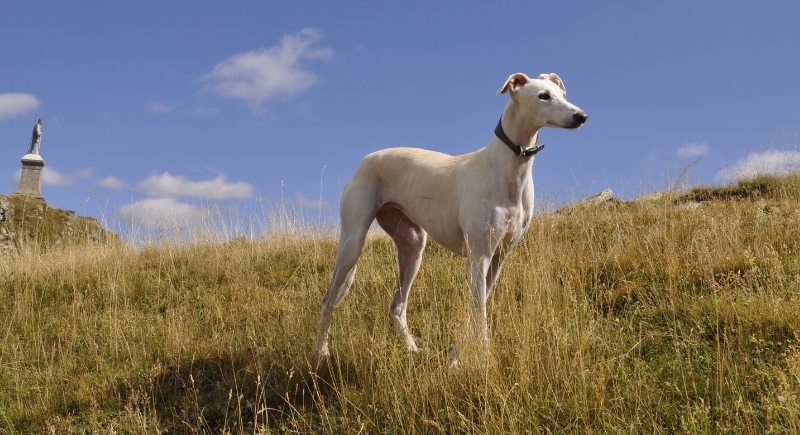
Credit: pixabay
This breed was built for speed and not survival in freezing temperatures. The Greyhound has minimal body fat and a thin coat that provides almost no insulation. Many of these canines dislike stepping outside in the cold unless bundled in warm layers. Owners report their dogs huddling under blankets or refusing to step outside during winter.
French Bulldog
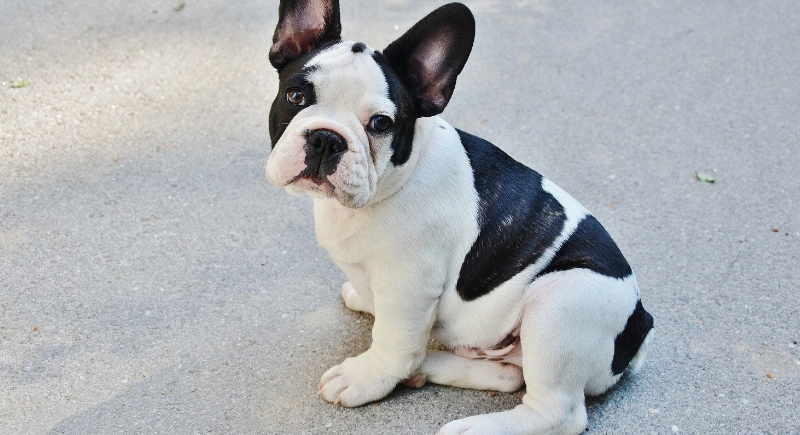
Credit: pixabay
Breathing in cold air can be difficult for a French bulldog because of its flat facial structure. This breed’s brachycephalic anatomy narrows the airways and makes temperature regulation harder during winter. Breezes passing through their short nasal passages can trigger wheezing, coughing, or fatigue.
Chinese Crested
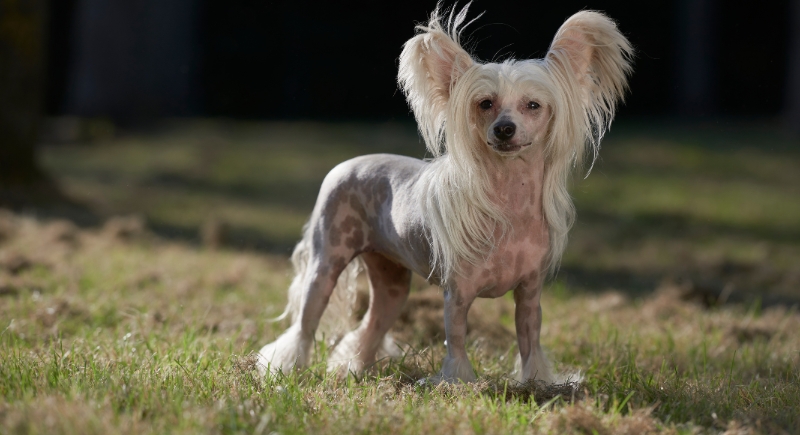
Credit: Getty Images
The Chinese Crested has very little fur and body fat, because of which it is one of the most cold-sensitive breeds. Even indoors, a lot of them need sweaters or fleece layers to stay comfortable. Outdoors, exposed skin reacts quickly to wind and cold, often leading to dryness or irritation.
Italian Greyhound
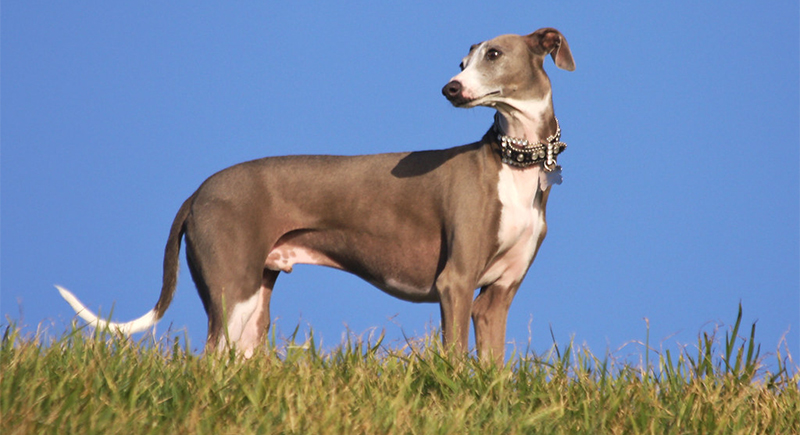
Credit: flickr
Italian Greyhounds, bred centuries ago as companion dogs in warm Mediterranean climates, never adapted to colder conditions. These dogs tend to refuse to be on cold ground and constantly seek out warm spots indoors. You will have to use soft sweaters, heated beds, and supervised outdoor breaks to keep them snug.
Pug
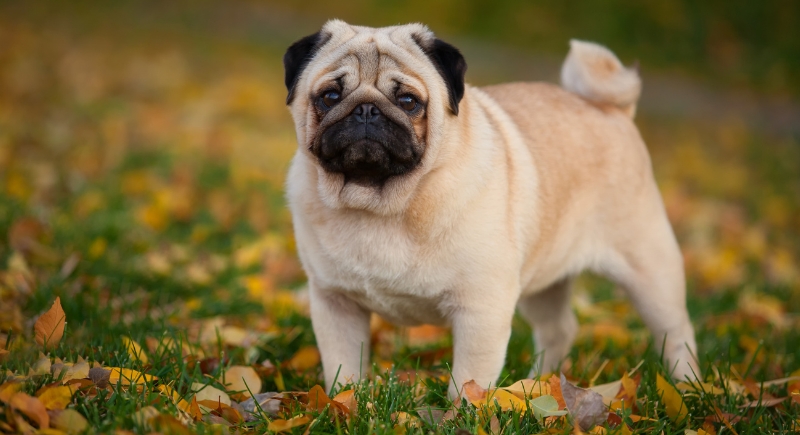
Credit: Getty Images
The Pug’s respiratory system is especially sensitive due to its brachycephalic skull structure, which restricts airflow and limits heat exchange. Low temperatures aggravate these built-in breathing limitations and make it harder for the dog to take in enough oxygen during even mild activity.
Yorkshire Terrier
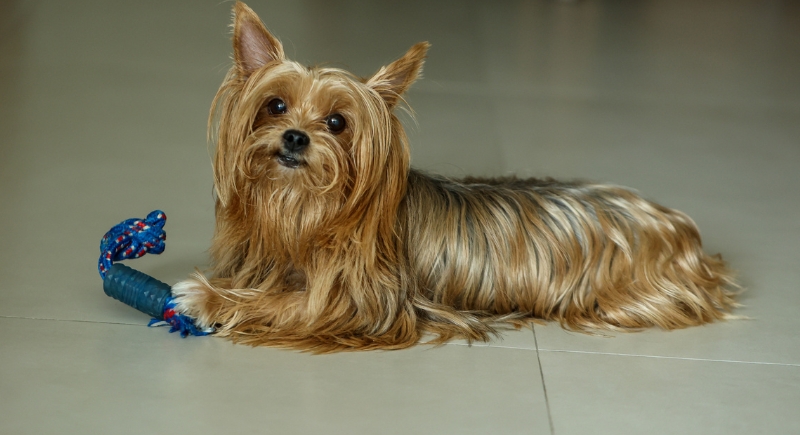
Credit: pexels
A Yorkshire Terrier’s skin is more like human hair and provides minimal insulation. Their compact body adds to their vulnerability. Snow clumps in their fur, and wind cuts through easily. After outdoor strolls, pet parents spend time drying and detangling their hair. If prompt care is not received, their wet fur can cause them to feel cold for hours.
Chihuahua
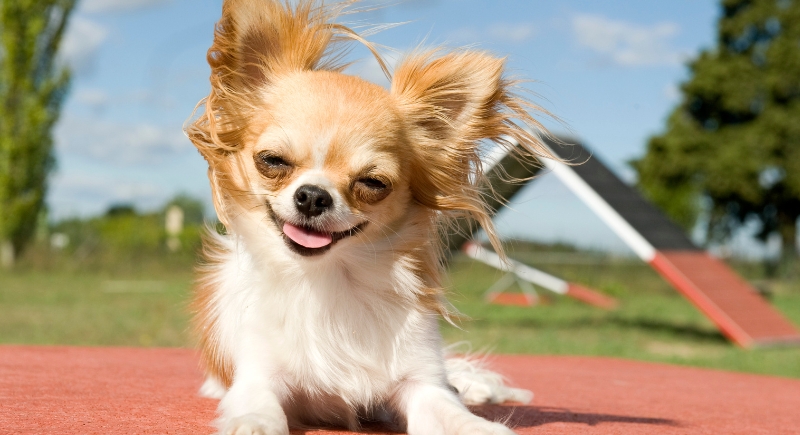
Credit: Getty Images
Even a slight chill sends visible tremors through Chihuahuas. They lose body heat at a rapid rate because of their small size and thin fur. Without proper warmth, they risk hypothermia and may refuse to eat or do anything.
Dachshund
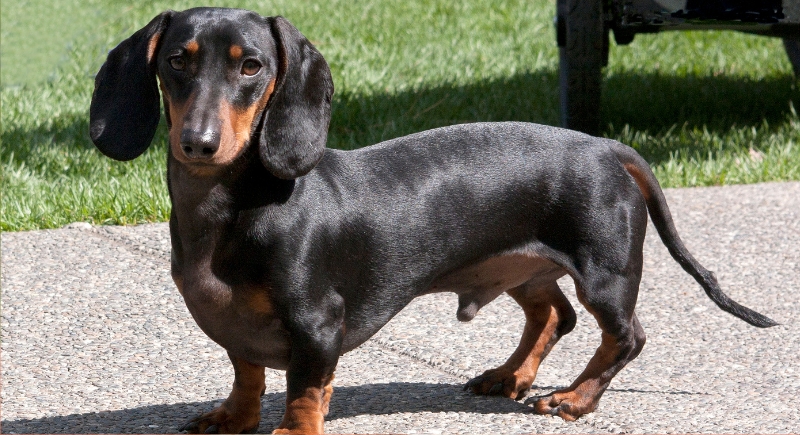
Credit: Getty Images
If you plan to walk a smooth-coated Dachshund in winter, prepare for resistance. Their short legs and long body keep their chest and stomach close to the cold ground, which makes snow and ice especially challenging.
Miniature Pinscher
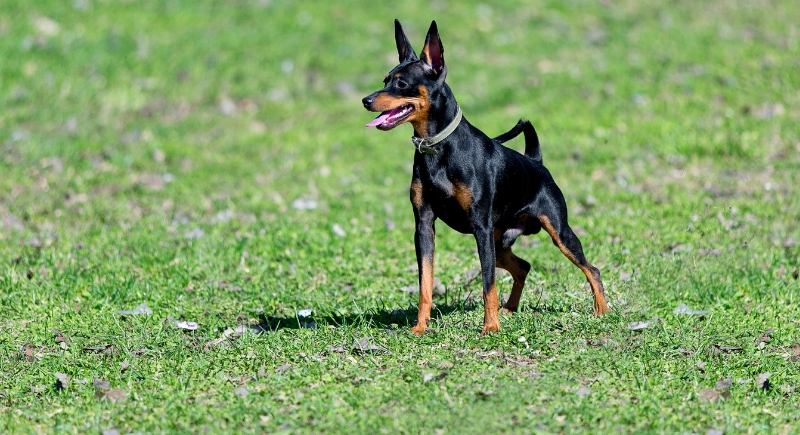
Credit: Getty Images
For years, the Miniature Pinscher thrived as a watchdog and rat hunter in enclosed spaces, not exactly training for harsh winters. Their fine skin ensures little resistance to cold air, and their small size means faster heat loss. You will see them retreat indoors quickly when faced with icy ground or chilly wind.
Basset Hound
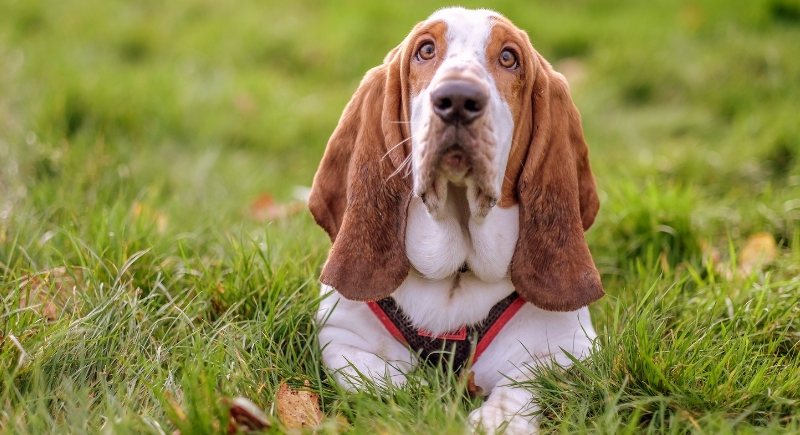
Credit: Getty Images
When snow starts piling up, the Basset Hound faces a few physical disadvantages. Their drooping ears trail along wet ground and become prone to irritation or frostbite. This is why drying them thoroughly after walks and using a jacket that covers the torso helps reduce cold-related issues.
Basenji
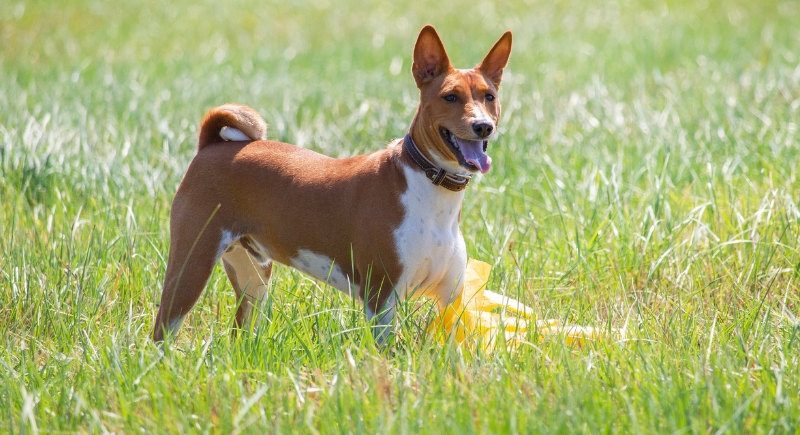
Credit: pixabay
You can keep a Basenji happier during winter by focusing on indoor activities like scent games, puzzle toys, or training sessions. This breed doesn’t tolerate cold well due to its light fur and roots in equatorial Africa. Exposure to icy ground or snow leads to stiff movements or visible resistance.
Great Dane
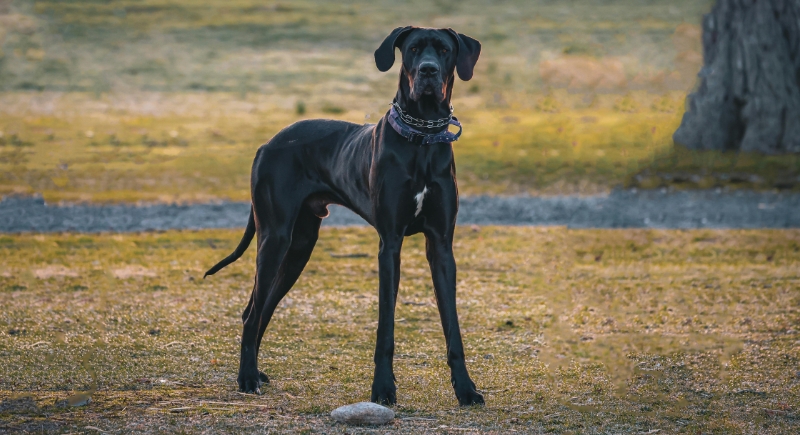
Credit: pexels
People often assume that a Great Dane’s massive size gives it an edge in cold weather, but the opposite tends to be true. Their large frame is covered by a close-fitting coat that offers little insulation. As temperatures drop, heat escapes quickly across their long limbs and broad torso. Cold exposure can also lead to stiff joints or dry skin.
Pharaoh Hound
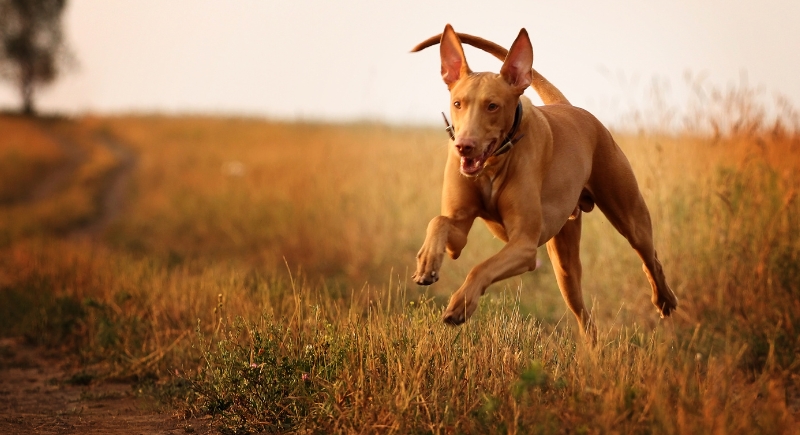
Credit: Getty Images
Most Pharaoh Hounds avoid snow unless dressed in insulated gear. Their paw pads crack from contact with ice or salt, and their skin may dry rapidly. Implementing purposeful outdoor trips and shifting play sessions indoors helps maintain their warmth and satisfaction.
Poodle
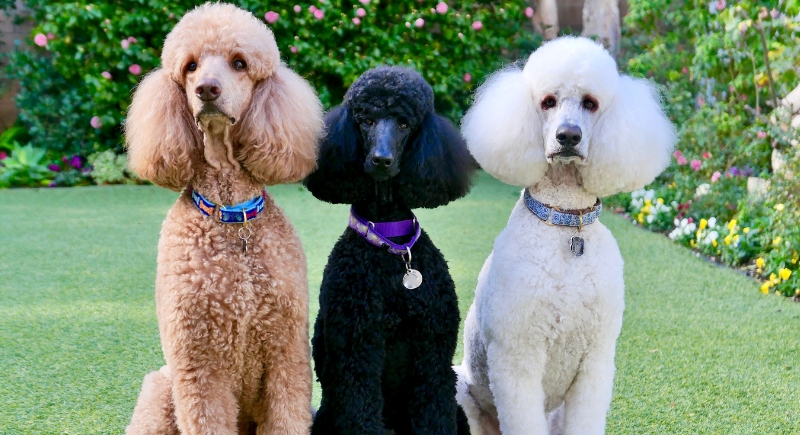
Credit: Getty Images
In case your Poodle gets wet during a winter outing, your first priority should be rubbing off moisture. Their dense, curly coat holds moisture close to the skin, which lowers body temperature and leads to discomfort. Regular grooming and a weather-resistant jacket also improve insulation and reduce cold-related issues after outdoor time.
Whippet
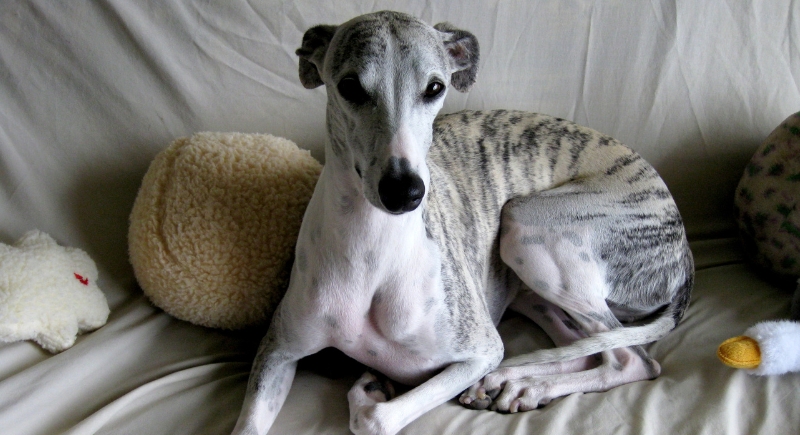
Credit: Getty Images
Despite their athleticism, Whippets don’t hold up well in cold climates. For this reason, you will need to carry multiple jackets for your pup to adapt to fluctuating winter temperatures. Remember, even light wind or a quick walk through frost can result in stiffness or chill.